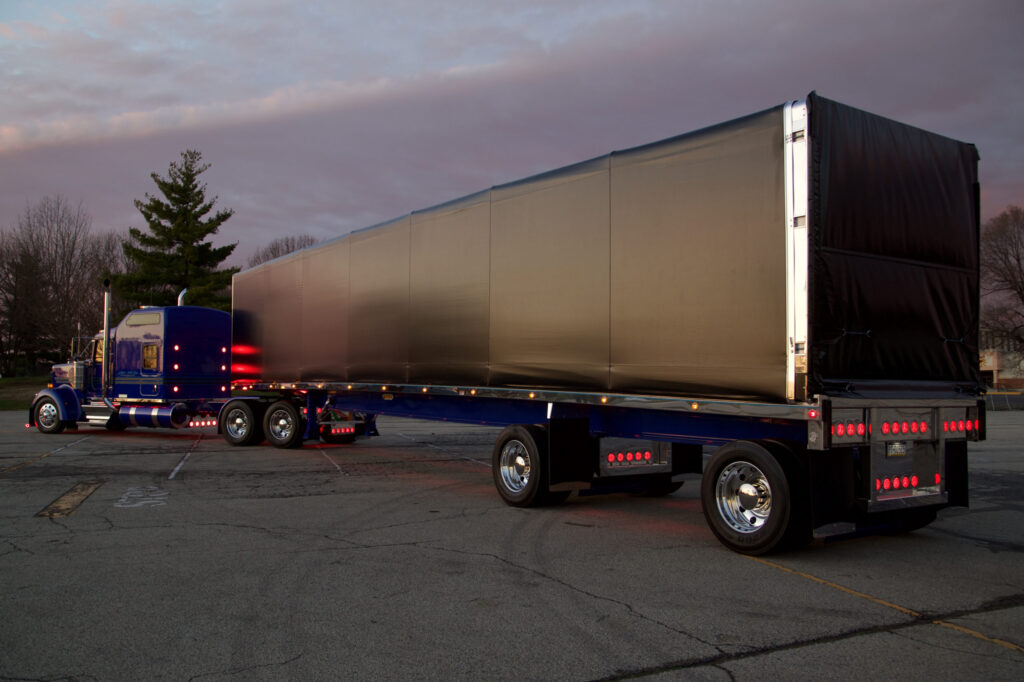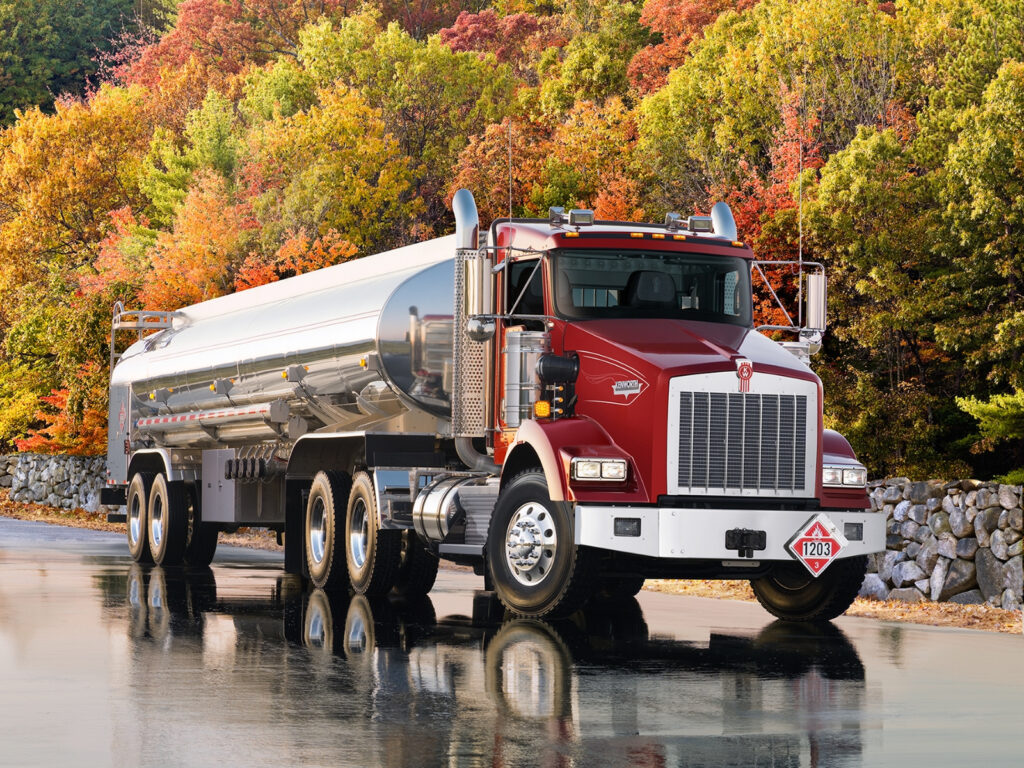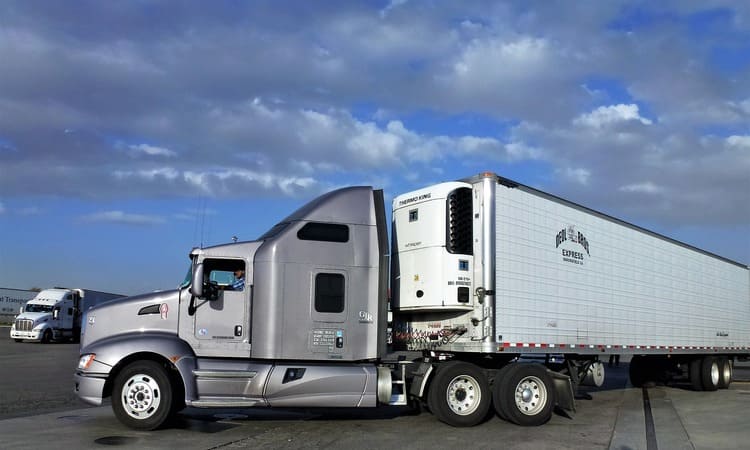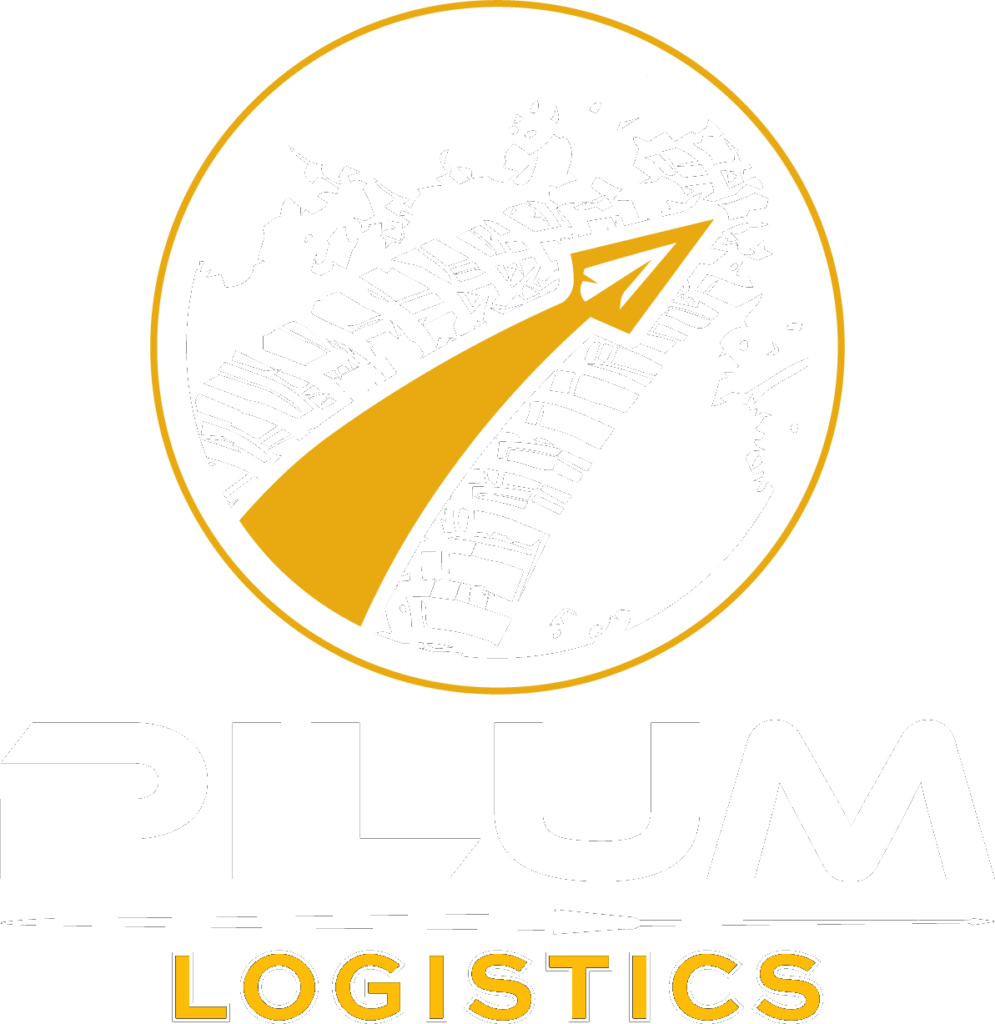TOP SERVICE
DRY VAN
Dry Van shipping is one of the most popular modes of transport seen on the roads and it is the most common shipping mode in freight logistics. The ‘dry van’ names comes from the fact that the trailer keeps the goods it transports inside a dry and protected space, the ‘van’, from the outside elements. Dry van transport is extremely versatile and can be used for any kind of shipment that does not require refrigeration or strict temperature control and has dimensions and weight requirements that can be accommodated by the dry van. Use lead times to plan ahead when shipping truckloads. Chances are the more lead time, the better rate you will be able to get therefore, you should plan your shipping in advance to allow us to find the best solution. If you are shipping a lot of dry van loads look around to find a company that will work for you in logistics and build a partnership with someone instead of jumping around doing spot quotes. If you want to check our offerings, then click here and reach out to us.


TOP SERVICE
Flatbed
When shipping freight that is transported on an open trailer (flat bed) and is used commonly when the goods being shipped do not need to be protected from the outside conditions such as rain or road debris (though some shipments require tarps or conestoga to offer protection, or is used for over dimensional freight and overweight freight. Flatbed shipping is used heavily within the infrastructure projects to move materials and equipment as well as metal and construction industries.
Flatbed trailers vary in configuration addressing specialized transport needs. Listed below are just a few of the more common flatbed variations:
- Step Deck– when the trailer drops down after aprox. 10 feet , to allow shipping of over-sized freight that would be too tall to ship on regular flatbed.
- Double Drop– when the trailer dips below the axles in-between the wheels getting very low to the ground allowing for taller shipments.
- Removable Gooseneck (RGN)– trailers that can be shifted so that the cargo can be rolled on/off or a vehicle can drive up onto the trailer.
- Conestoga– the trailer is a flatbed/dry van hybrid: basically a flatbed trailer with an accordion-like tarp on one end, allowing to load the trailer like a flatbed then extending the tarp to look like a dry van.
If you want to check our offerings, please click here and reach out to us.
TOP SERVICE
Drayage
Drayage shipping represents the transportation of containers not attached to a chassis via truck and usually arrives at a port or railyard. Drayage containers are crane lifted at port terminals onto a chassis which are then attached to trucks and delivered typically within short distance of the port/railyard to a storage facility or a railyard. You may hear intermodal transportation used alongside drayage; drayage can involve intermodal transportation, however intermodal does not always include drayage.
Container hauling services involve a number of additional price and timeline factors that standard truck load or LTL don’t have. These factors are making an impact on the final price of the shipment and have to be monitored closely. Therefore, it is important to partner with an experienced drayage broker that you can trust, if you want to give us the opportunity, please click here and reach out to us.


TOP SERVICE
Tanker
Tanker truck shipping is defined by the transportation of specialized containers or “tanks” which will haul liquids or solutions including ones of a hazardous or dangerous nature. This can include fuel, food industry liquids, toxic by-products and a wide range of chemical solutions (ex. pesticides, cleaning solutions, etc.). These items can be corrosive, poisonous, flammable, or in some cases explosive therefore there’s no room for error in this type of driving job.
Therefore, it is important to partner with an experienced broker that you can trust it will reliably deliver your tanker, if you want to give us the opportunity, please click here and reach out to us.
TOP SERVICE
Reefer
Reefer (or refrigerated shipping) is using a refrigerated / temperature-controlled trailer, also known as a reefer unit. Refrigerated shipping is used for perishables items that depend on controlled low temperature shipping since the refrigeration keep the shipped product in its pre-shipped state thru the course of transport. All items in the cooled or freezer isles as well as the fresh greens, fruits and vegetables in the grocery stores, for example, would not be available to the stores without reefer shipping.
Food products are not the only ones benefiting from refrigerated shipping, there are other products and industries that are leveraging shipment that requires temperature control such as pharmaceuticals, cosmetics, plants and flowers.
If you are looking for available capacity and check our offerings, please click here to reach out to us.

